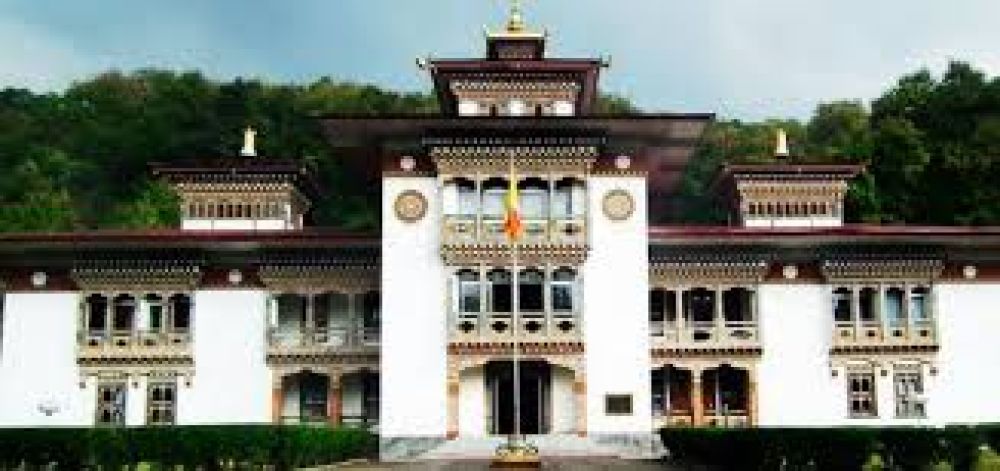

Located in the southeastern region of Bhutan, Samdrup Jongkhar Dzong is a fortress that serves as the administrative and monastic center of Samdrup Jongkhar District. The dzong's rich history and strategic significance have played a crucial role in Bhutan's cultural and administrative development. Sitting close to the border with India, it is one of the gateways to this Himalayan kingdom, blending traditional Bhutanese architecture with the tranquility of its natural surroundings.
Tourism in Bhutan began in 1974, with the coronation of His Majesty King Jigme Singye Wangchuck serving as an impetus to open the hidden kingdom to the outside world. However, the government adopted a cautious approach towards tourism to prevent adverse impacts on the country's pristine environment and rich cultural heritage. This deliberate policy of low-volume, high-value tourism has characterized Bhutan's tourism sector ever since.
Samdrup Jongkhar Dzong, being somewhat off the usual tourist trail, echoes this policy by providing an authentic experience for those seeking to explore the less-traveled parts of this mystical land. As tourism slowly expanded throughout the country, destinations like Samdrup Jongkhar Dzong have gained attention as unique sites bearing significant historical relevance and natural beauty.
In recent years, Bhutan's tourism industry has witnessed the emergence of various trends that align with the nation's emphasis on conservation and cultural preservation. Sustainable tourism practices are at the forefront, with efforts to minimize the ecological footprint of tourism activities. Community-based tourism is also becoming popular, giving visitors an immersive cultural experience while benefiting local inhabitants directly.
The rise of wellness tourism has seen Bhutan become a sought-after destination for travelers looking for spiritual and physical wellbeing. Activities such as yoga retreats, meditation sessions, and traditional Bhutanese healing treatments are drawing visitors to Bhutan's serene landscapes.
Moreover, Bhutan implemented a Daily Sustainable Development Fee (SDF) which ensures that a portion of the tourism revenue is reinvested in sustainable practices and community projects. This has helped in the maintenance and restoration of important historical sites, including fortresses like the Samdrup Jongkhar Dzong.
Visitors to Samdrup Jongkhar Dzong can expect to experience an atmosphere steeped in history and religious significance. The dzong itself is intricately decorated, featuring beautiful wood carvings, traditional paintings, and fine architectural details. Guests often find themselves captivated by the tranquil ambiance that pervades its walls. The annual festivals, full of color and cultural spectacle, are not to be missed and provide a deep insight into Bhutanese traditions and community spirit.
Embracing Bhutan's latest tourism ethos, a trip to Samdrup Jongkhar Dzong offers the traveler a blend of cultural education, spiritual rejuvenation, and responsible tourism. With its increasing popularity, Samdrup Jongkhar Dzong is poised to become a beacon of Bhutan's historical conservation efforts and hospitality that is deeply rooted in the country's storied heritage.
In conclusion, the Samdrup Jongkhar Dzong stands as not just a monument of the past but as a living testament to Bhutan's thriving culture and commitment to sustainable tourism. This beautiful dzong is a must-visit destination for those looking to explore the unique character and timeless charm of Bhutan.